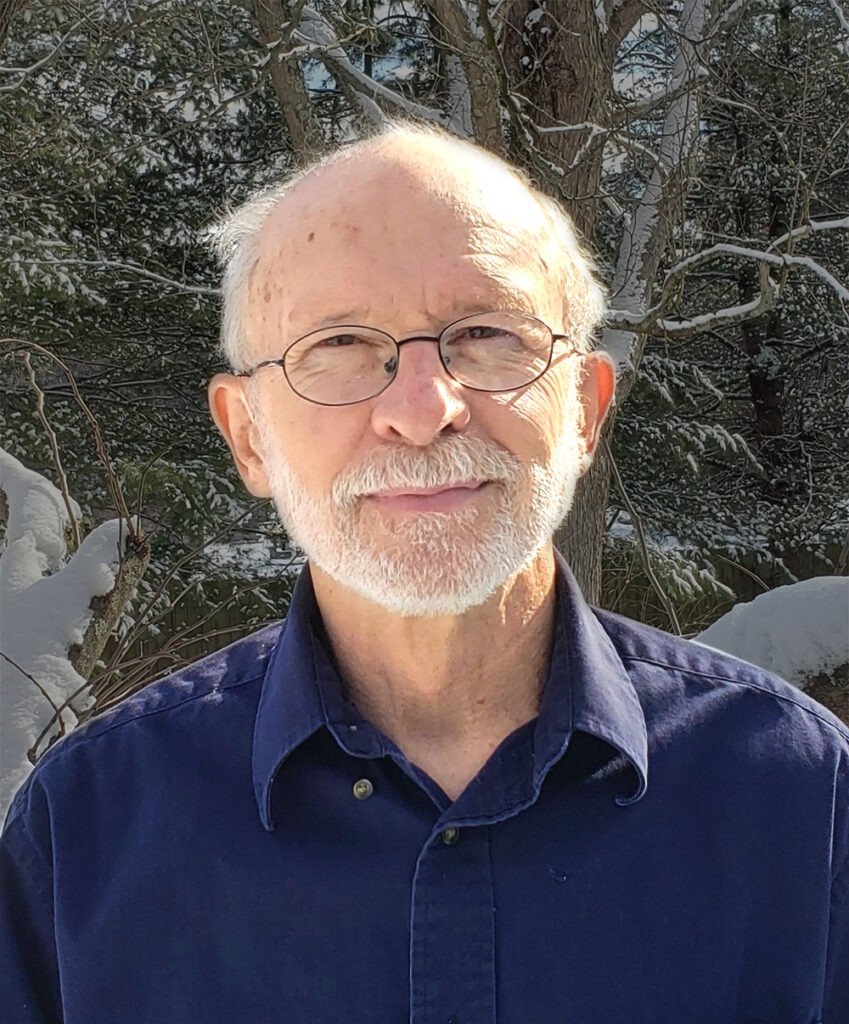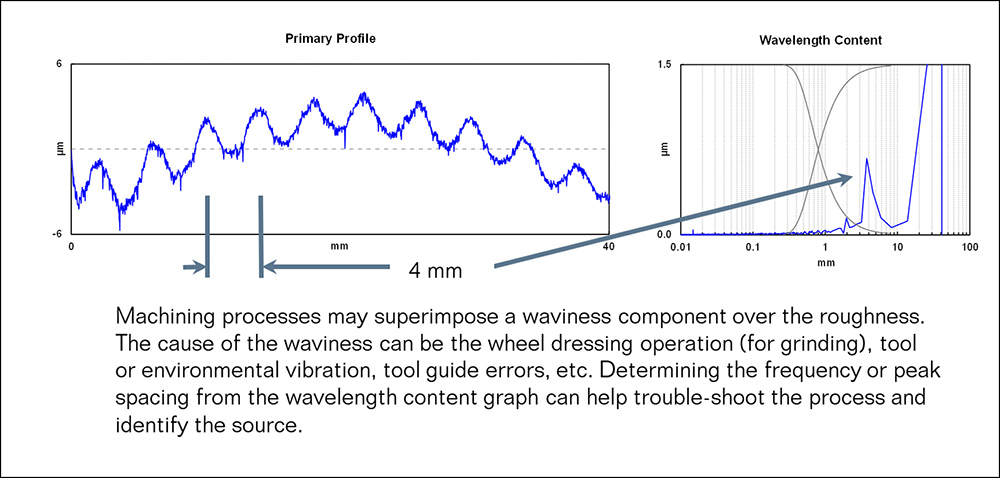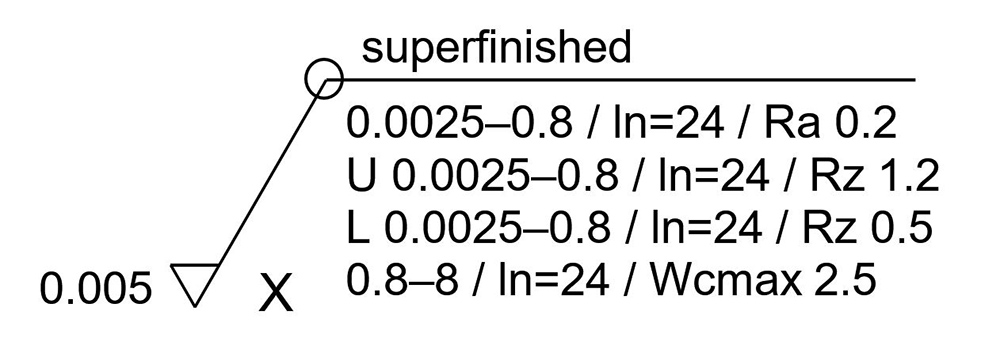Engineers often wish there was a particular expert in the room to help them navigate the journey from problem to solution. For some very fortunate engineers, Carl Musolff has been that expert.
Carl Musolff has made a career of solving challenging problems, for engines of every shape and kind. But what he really loves is sharing what he’s learned. We sat down with Carl to hear his story.

Solving issues by addressing the materials, surface texture, and environment
“My whole career has been problem solving,” says Musolff. “I’ve worked with quite a range of components for road vehicles, gensets, mining equipment, and boats.” He says his career has been roughly split between “research and technology” (developing materials, processes, and specifications for new applications) and “product engineering” (determining the causes of failures or performance issues and identifying ways to address them).

Musolff draws on his background in materials and surface texture to make complex concepts visual and understandable. Image from The Surface Texture Answer Book.
Musolff has always been drawn to problems that require knowledge from many areas to solve. “To make high performance engines,” he says, “you need materials that can provide strength, stiffness, etc. But you also need the correct gross shape, the correct micro-shape of surfaces, the right surface chemistry… and, you need to account for environmental factors such as the lubricants and operating temperatures. To make components that thrive in these demanding environments, you need to treat all of these aspects together.”
Surface metrology complements material science
Like most engineers, when Musolff started in industry, he’d had limited exposure to surface metrology. “I knew that Ra was ‘average something,’” he jokes. But he soon realized that controlling surface texture was critical to component performance. He also learned that the basic numbers from gages could not sufficiently tell the story. “I lived in a world of Ra, and that was insufficient to describe what we needed in order to solve these problems.”
Musolff says the key for him was the ability to see the texture, first through strip charts and soon after through surface texture software. “I was fortunate that, when I got serious about surfaces in the early 90s, I already knew Mark Malburg [Digital Metrology]. I used some of his early software to look at the profiles as well as the raw numbers. It let us explore umpteen parameters and say, ‘These parameters don’t change much, but these other parameters seem to differentiate ‘good’ from ‘bad’ surfaces.”
The software gave Musolff the ability to analyze many different parameters at his desk. “We could look at pre- and post- test data and see immediately what had changed, why the surface didn’t perform well. We could take that analysis capability and compare stuff—not just roughness parameters, but also waviness, roundness, and geometric aspects as well.”

Texture software helps Musolff visualize surfaces and track multiple parameters. Image from The Surface Texture Answer Book.
Communicating with an engine
Musolff says that the tools of surface metrology let engineers communicate with an engine. “We can consider the surface that we are providing to the engine, and we can then see what comes back after use. We can say, ‘This parameter didn’t change, but this one changed by 90%…if the engine makes the part change that significantly, what would happen if we made the input surface look more like that from the start?'”
Sharing a career’s worth of knowledge
Since retiring roughly 15 years ago, Musolff’s attention has turned to sharing his knowledge.
He notes that much of the knowledge in fields such as tribology and surface texture often must be learned from peers or mentors on the job. Musolff says that analysis software can help make the information meaningful for a student’s real world. “Software that makes texture visual lets you take raw data and explore it. That’s where learning goes from ‘some words you heard’ to an internal understanding.”

Musolff has helped many engineers and technicians understand the complexities of surface texture specification.
The Surface Texture Answer Book
In 2021 Musolff collaborated with Malburg on The Surface Texture Answer Book., which addresses commonly asked questions regarding surface shapes. Musolff says the impetus for the project was a handbook that explained the symbols used in dimensional metrology. He thought a similar reference would be very useful for surface metrology. Ultimately, the book, which was released in 2021, become much more than that. “It’s one of the more fun projects I’ve ever done,” says Musolff. “It’s also been an incredible learning experience. When you try to explain a concept, you need to dig in to understand at a deeper level. It has been very fruitful to challenge myself and interact with Mark to figure out how to best get these concepts across.”
He says the book is a natural extension of his mentoring. “Suddenly, here is a way to answer questions without having to be physically present. Just this morning I had an email asking a question, and I was able to point him to the figure in the book that provided the answer. These little tidbits of knowledge are tied into all of that knowledge that came before.”
While engineering can often be a case of navigating a sea of numbers and spreadsheets, Carl Musolff has made a career of exploring the surface shapes and materials behind the numbers—and ultimately, building bridges from measurements to understanding to solutions.
